Written by Dr. Diane Mueller
Imagine enjoying a sunny day outdoors only to discover an unwelcome guest latched onto your skin—a tick. These tiny parasites can transmit serious diseases, making it crucial to understand the different types of ticks. We’ll dive in the various species, such as the deer tick and the dog tick, and where they are commonly found.
Key Takeaways
Understanding the differences between hard ticks (Ixodidae) and soft ticks (Argasidae) enables better identification and risk assessment.
Ticks can transmit serious diseases such as Lyme disease, Rocky Mountain spotted fever, and others. Identifying the specific tick species helps in understanding potential health risks.
Key species include the Blacklegged Deer Tick, American Dog Tick, Lone Star Tick, and Western Blacklegged Tick, each with unique habitats and disease vectors.
Effective prevention strategies include wearing protective clothing, using tick repellents, avoiding tick-infested areas, performing tick checks, and maintaining yard cleanliness.
Quick and proper removal of ticks using fine-tipped tweezers reduces the likelihood of disease transmission and associated health complications.
Table of Contents
Understanding Ticks and Lyme Disease
Ticks, tiny arachnids, thrive on the blood of humans and animals. With nearly 1,000 species found globally, including roughly 700 hard ticks and 200 soft ticks, their potential to spread diseases is significant.
Types of Ticks
Understanding the different types of ticks helps in recognizing the risks they pose:
Hard Ticks (Ixodidae)
Blacklegged Tick (Ixodes scapularis): Predominantly found in the eastern and midwestern United States, this species is infamous for transmitting Lyme disease.
Western Blacklegged Tick (Ixodes pacificus): Residing on the West Coast, this tick also carries Lyme disease.
American Dog Tick: Common across North America, this tick may transmit Rocky Mountain spotted fever.
Soft Ticks (Argasidae)
Overview: These ticks lack a hard outer shell and are less commonly vectors for Lyme disease.
What is Lyme Disease?
Lyme disease is a bacterial infection caused by Borrelia burgdorferi and occasionally other Borrelia species. Ticks such as the blacklegged tick serve as vectors. Early detection and accurate diagnosis are important.
Symptoms and Diagnosis
Early Lyme disease may manifest as a bullseye rash and flu-like symptoms. Chronic symptoms include joint pain, neurological issues, and fatigue. Diagnosis involves clinical evaluation, a history of tick exposure, and tests like ELISA and Western Blot. But, these tests have limitations, which complicates diagnosis.
Treatment Approaches
Effective treatment often entails removing the tick promptly, using prescribed protocols to manage inflammation, and supporting the immune system. Early treatment is essential to prevent progression.
Co-Infections and Complications
Ticks carrying Lyme disease can also transmit other infections, such as babesiosis and bartonella. These co-infections add to the complexity of diagnosis and treatment, often requiring tailored approaches.
Have Lyme Disease or suspect you do?
Core Types of Ticks
Ticks, tiny arachnids that can transmit serious diseases like Lyme disease and Rocky Mountain spotted fever. Primarily, ticks belong to three families, with most found in two main families: Ixodidae (hard ticks) and Argasidae (soft ticks).
Hard Ticks (Ixodidae)
Characteristics: Hard ticks, which are notably identified by their hard plate on the back, called a scutum, and a distinct beak-like structure at the front containing their mouthparts, often infest wooded and grassy areas. These ticks range in size and can appear flat when unfed and balloon-like after a blood meal.
Life Cycle: Hard ticks undergo one-host, two-host, or three-host life cycles. Beginning as eggs, they hatch into larvae, feed and molt into nymphs, and finally develop into adults. This entire process can span one to two years, varying by species and environmental conditions.
Feeding: Feeding primarily on the blood of mammals, birds, and sometimes reptiles and amphibians, hard ticks exhibit remarkable patience. Their bites, often painless due to anesthetic components in their saliva, can last from several hours to days, or even weeks.
Examples: Common hard ticks include the blacklegged tick, known for transmitting Lyme disease; the American dog tick, a vector for Rocky Mountain spotted fever; and the Lone Star tick, associated with the spread of ehrlichiosis.
Soft Ticks (Argasidae)
Characteristics: Soft ticks lack the hard scutum found in their hard tick counterparts. Instead, they have a more leathery appearance and their mouthparts are not visible from above. These ticks typically reside in sheltered habitats, like animal burrows and nests.
Life Cycle: The life cycle of soft ticks is less straightforward compared to hard ticks. They have multiple nymphal stages and can live for several years. Soft ticks do not have a set developmental pattern and can survive long periods without feeding.
Feeding: Soft ticks generally feed rapidly, often completing their blood meal within minutes. Unlike hard ticks, their bites can be more noticeable and irritating, causing localized reactions.
Examples: Soft ticks are less commonly encountered by humans but can still pose health risks. Examples include the relapsing fever tick, which can transmit Tick-Borne Relapsing Fever, and the fowl tick, which primarily affects birds.
Common Tick Species
Understanding the common tick species in the United States is important for preventing tick-borne diseases. These species vary widely in their habitats, behaviors, and the diseases they can transmit.
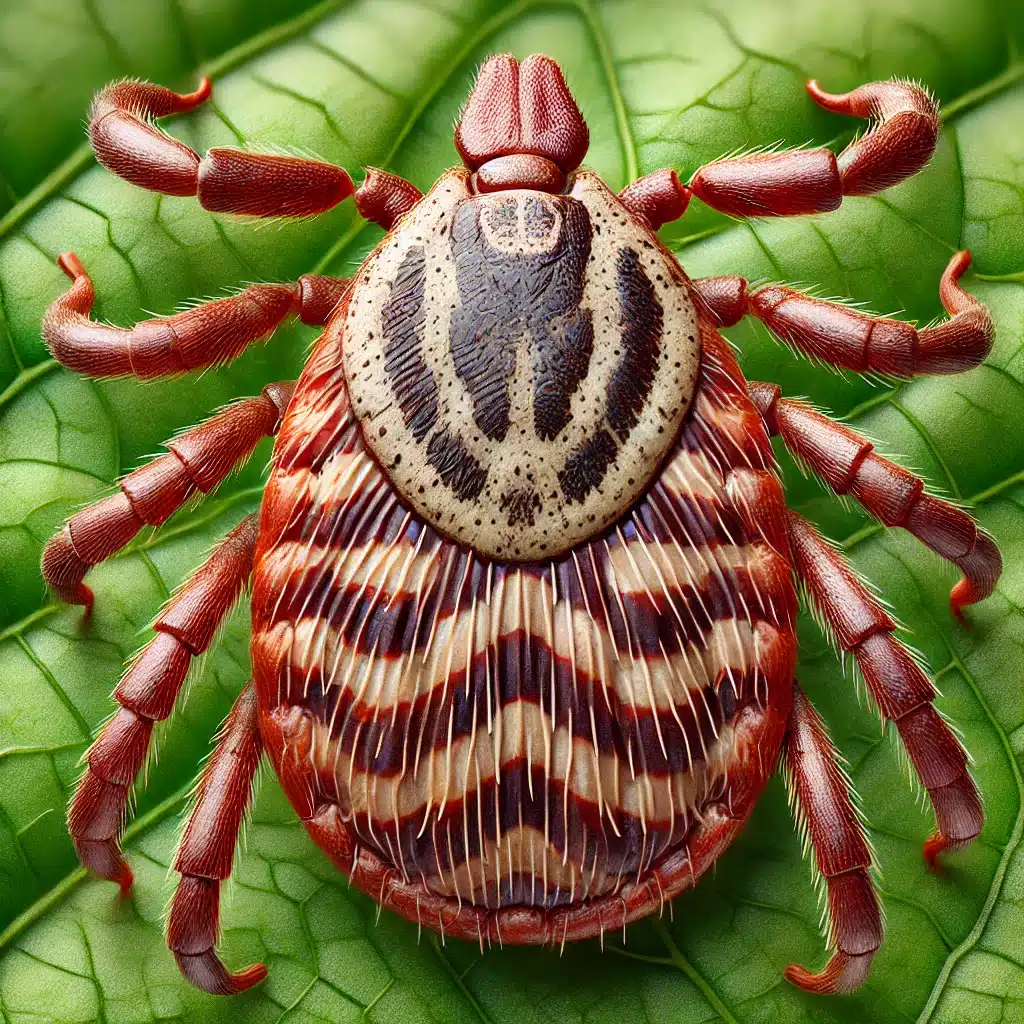
American Dog Tick (Dermacentor variabilis)
Found throughout the eastern U.S., east of the Rocky Mountains, the American Dog Tick is reddish-brown and about 3/16 inch long. These ticks are most active in spring and summer, with adult females more likely to bite humans. This species is known to transmit Rocky Mountain spotted fever and tularemia.
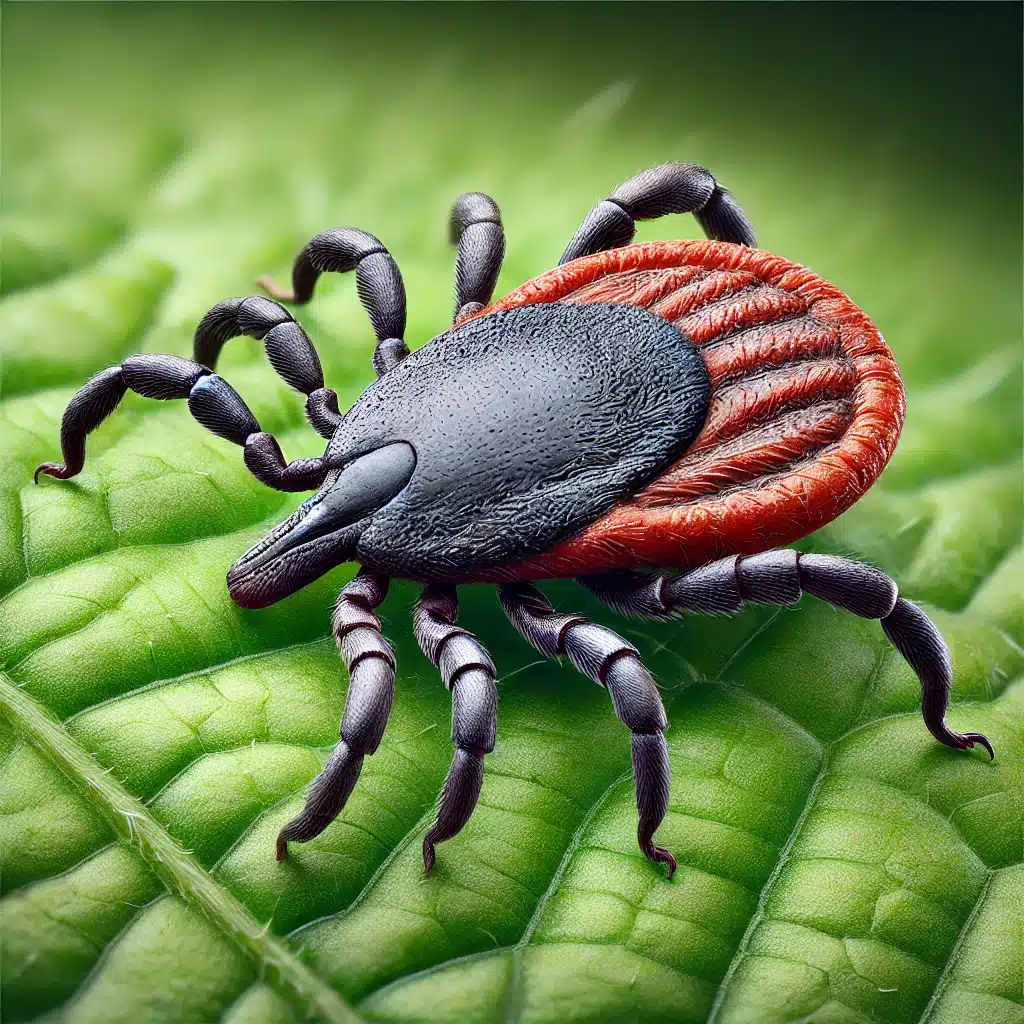
Blacklegged Deer Tick (Ixodes scapularis)
Dispersed across the Northeast, Upper Midwest, and mid-Atlantic, the Blacklegged Deer Tick is reddish-brown and measures approximately 1/8 inch long. Notably, all lifecycle stages (larvae, nymphs, adults) bite humans. This tick species can transmit Lyme disease, babesiosis, ehrlichiosis, anaplasmosis, and Powassan virus disease.
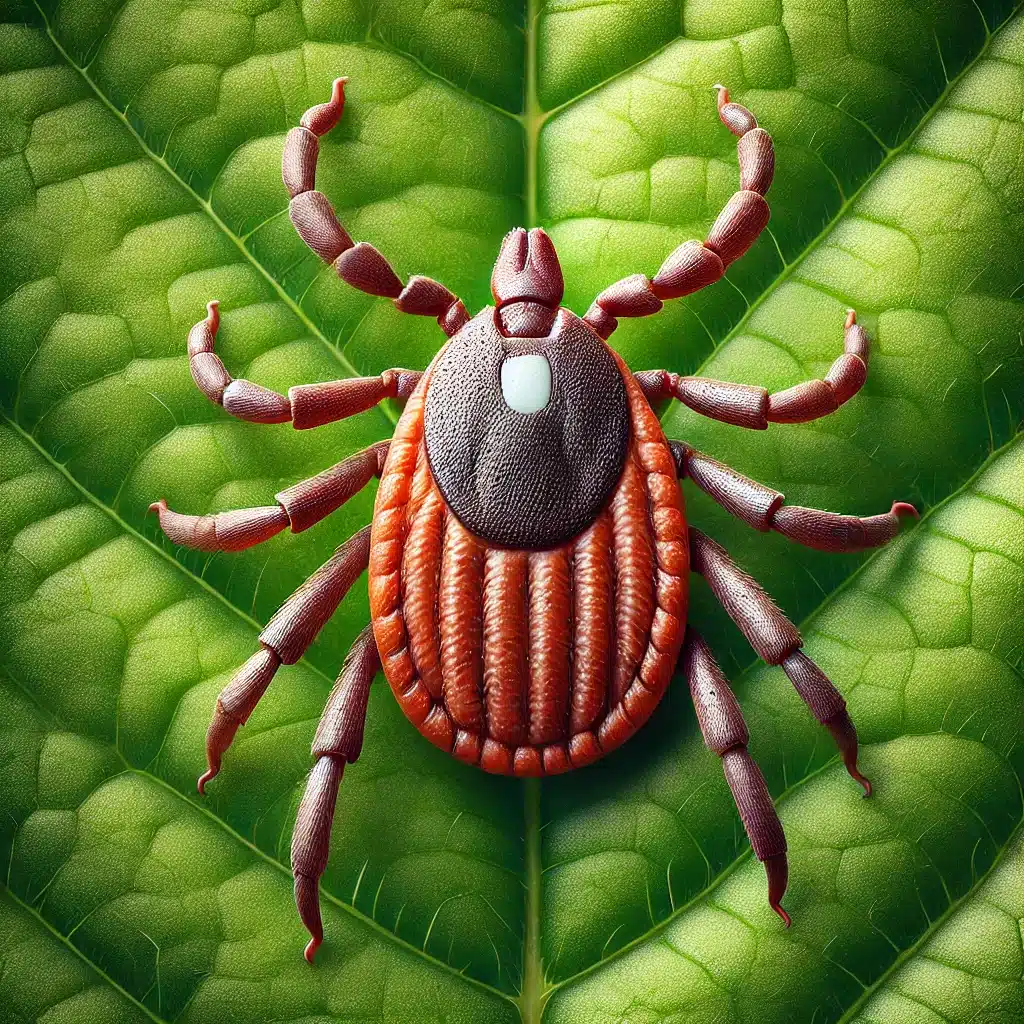
Lone Star Tick (Amblyomma americanum)
Predominantly found in the southeastern and eastern states, the Lone Star Tick is easily recognizable by the white dot on the back of adult females. It actively bites humans and can transmit ehrlichiosis, tularemia, and Southern Tick-Associated Rash Illness (STARI).
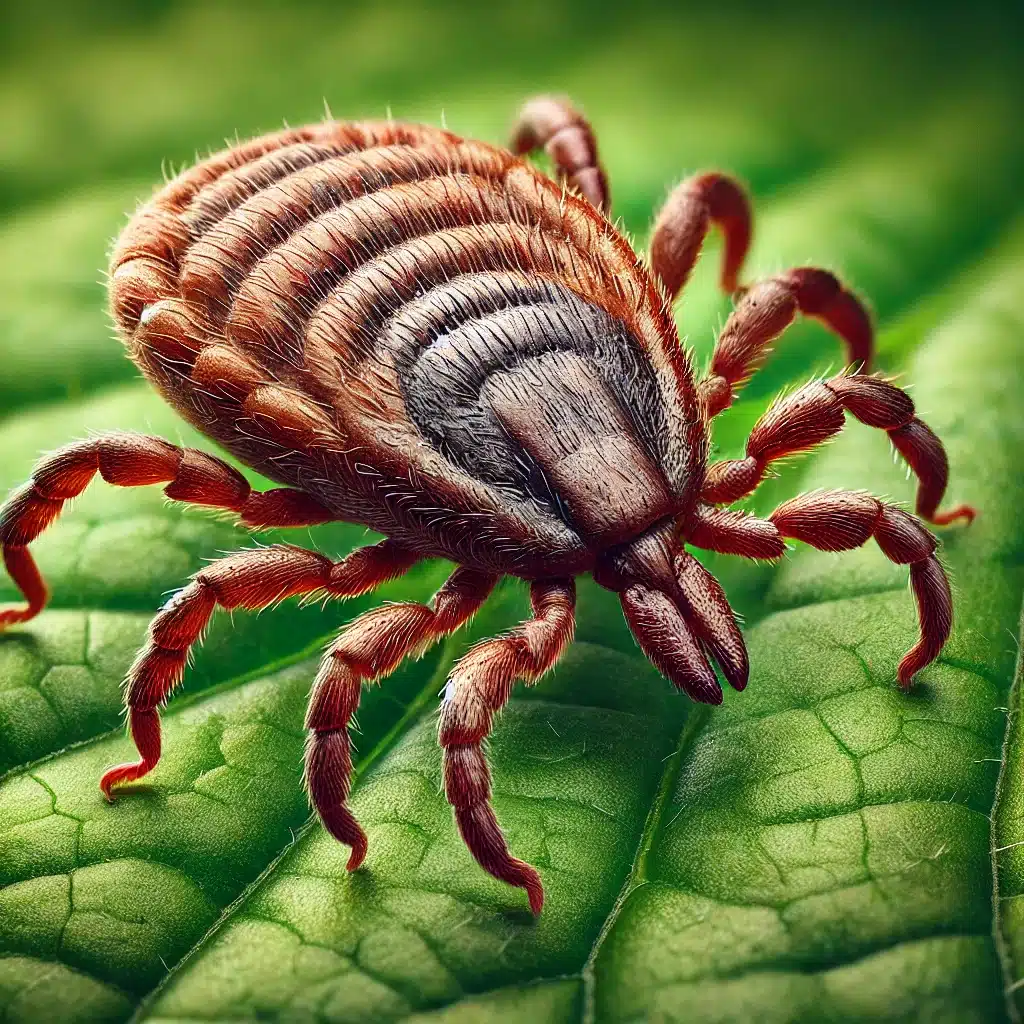
Brown Dog Tick (Rhipicephalus sanguineus)
Unique among tick species in the U.S., the Brown Dog Tick has adapted to indoor environments, making it prevalent in kennels and homes. This tick is reddish-brown and can cause canine ehrlichiosis and babesiosis, though rarely bites humans.
Gulf Coast Tick (Amblyomma maculatum)
Inhabiting states along the Gulf of Mexico, the Gulf Coast Tick is distinguishable by its ornate scutum. It often bites humans and livestock, capable of transmitting Rickettsia parkeri rickettsiosis, a form of spotted fever.
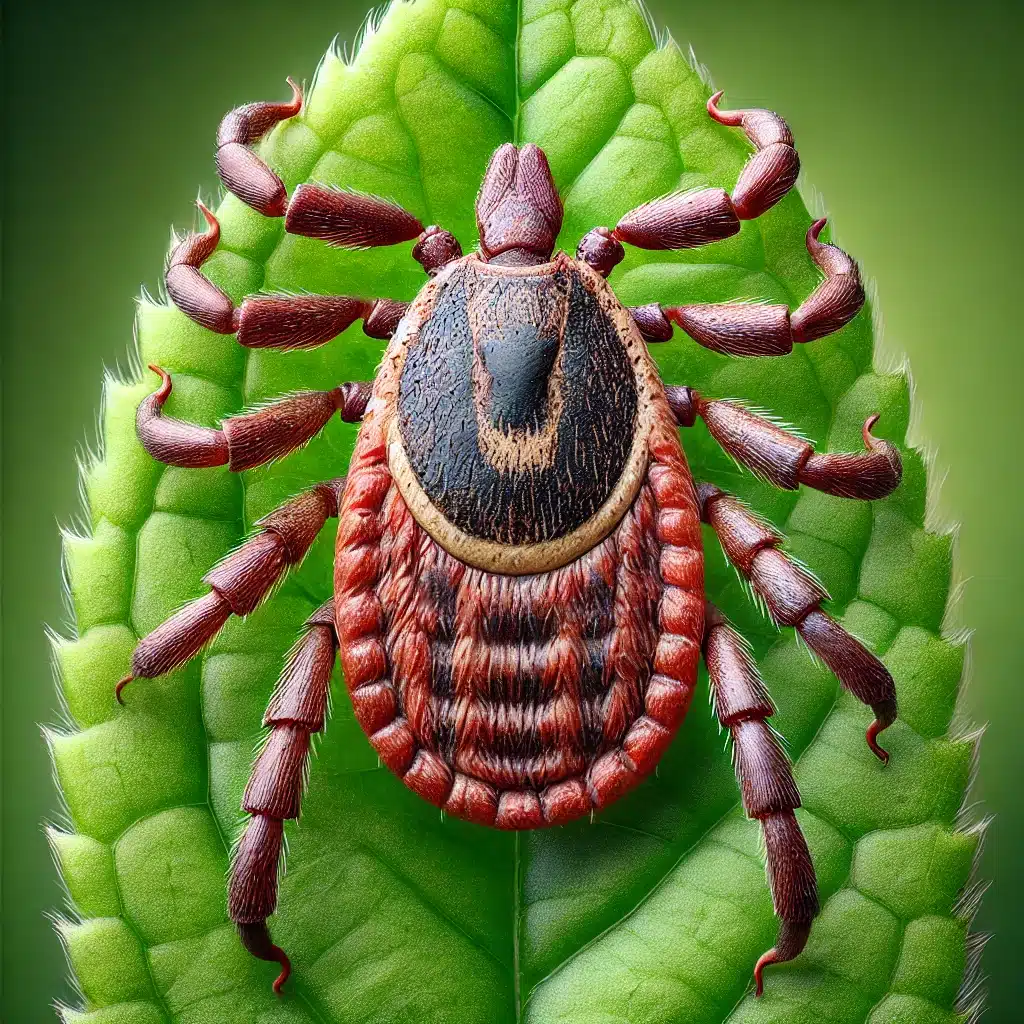
Rocky Mountain Wood Tick (Dermacentor andersoni)
Found in the Rocky Mountain states, the Rocky Mountain Wood Tick serves as a vector for Colorado tick fever, Rocky Mountain spotted fever, and tularemia. These ticks are most active from spring to early summer, targeting humans, pets, and wildlife.

Western Blacklegged Tick (Ixodes pacificus)
Western Blacklegged Ticks inhabit the Pacific Coast, including California and Oregon. They resemble the Blacklegged Deer Tick and can transmit Lyme disease and anaplasmosis. Their peak activity occurs in spring and early summer.
Asian Longhorned Tick (Haemaphysalis longicornis)
The Asian Longhorned Tick, an invasive species, has established itself in several U.S. states since 2017. It reproduces rapidly and bites various hosts, including humans, pets, and livestock. This tick poses risks of transmitting serious infectious diseases, though its exact impact in the U.S. continues to be studied.
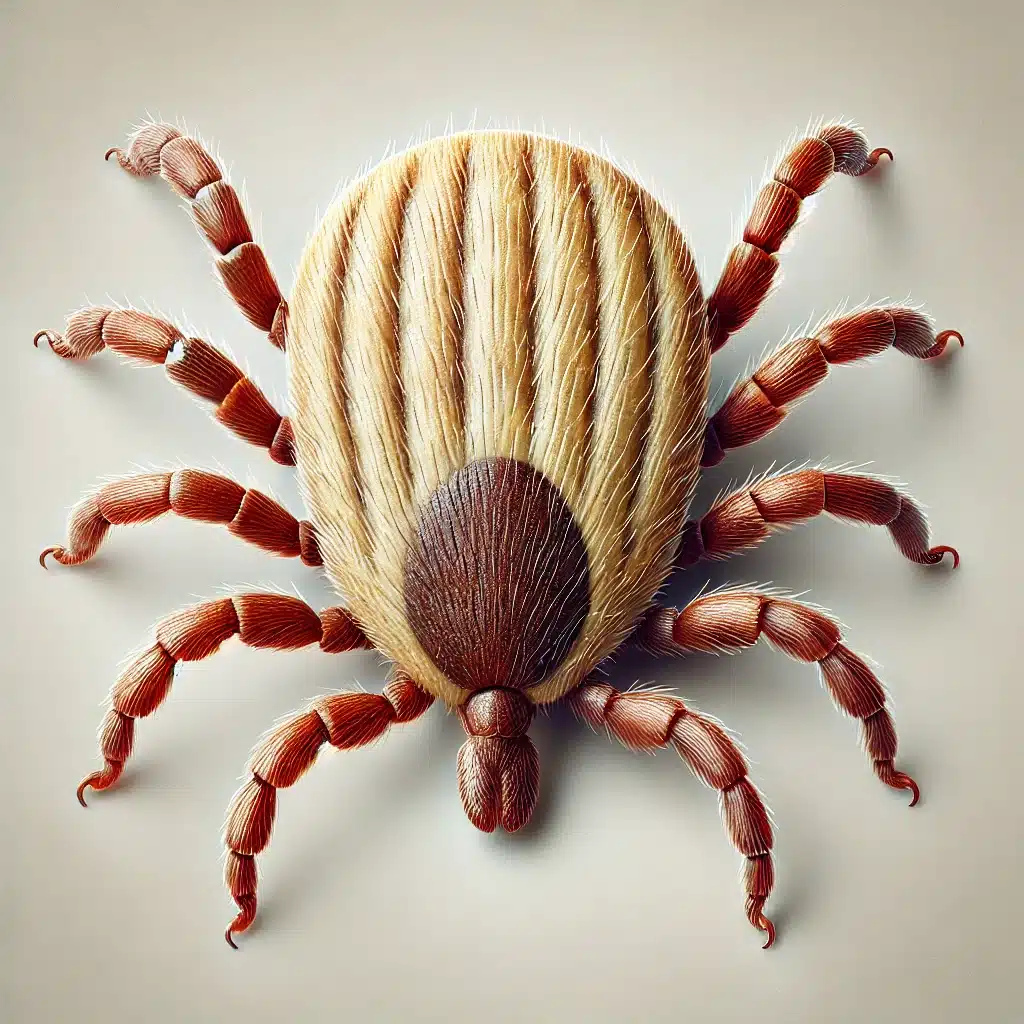
Groundhog Tick (Ixodes cookei)
Distributed primarily in the northeastern U.S., the Groundhog Tick targets humans less frequently but serves as a vector for Powassan virus. These ticks often infest groundhogs and other small mammals, posing seasonal risks.
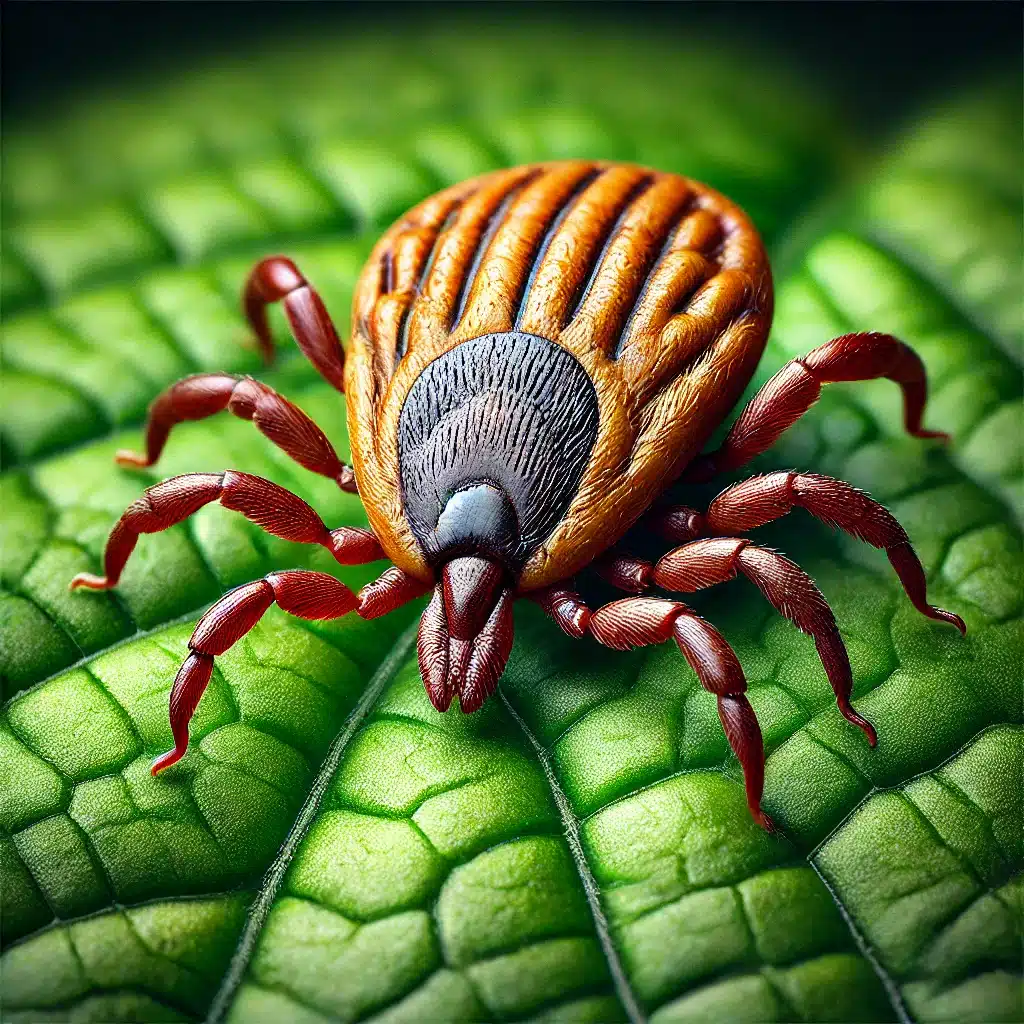
Pacific Coast Tick (Dermacentor occidentalis)
Found along the western coastline, the Pacific Coast Tick can cause tick paralysis, as well as transmit Rocky Mountain spotted fever and other rickettsial infections. Active primarily in the spring, it bites both humans and animals.
Winter Tick (Dermacentor albipictus)
Widely distributed in the northern U.S., the Winter Tick most frequently parasitizes moose, cattle, and horses. Humans encounter these ticks less often, but they can cause significant health impacts in wildlife through heavy infestations.
Soft Tick (Ornithodoros spp.)
Unlike hard ticks, Soft Ticks primarily reside in rodent burrows, caves, and nesting areas. They feed quickly and can transmit tick-borne relapsing fever. Soft ticks are identifiable by their round bodies and leathery outer skin, posing risks primarily to those in close contact with their habitats.
Preventing Tick Bites and Lyme Disease
Avoiding tick bites reduces your risk of Lyme disease. Understand that ticks are most active during warmer months, typically from April to September. Planning outdoor activities wisely, including hiking or camping, helps mitigate the risk.
Proper Clothing
Wearing long sleeves and pants can create a barrier against ticks. Tuck your pants into your socks and boots for added protection. Light-colored clothing makes it easier to spot ticks attached to your clothes.
Use of Repellents
Insect repellents containing 20-30% DEET on exposed skin and clothing are effective. Another option is permethrin-treated clothing, which not only repels but also kills ticks on contact. Always follow product instructions when applying repellents.
Avoid Tick-Infested Areas
Staying on well-trodden paths and avoiding dense brush reduces your contact with ticks. Camp in areas that are free of leaf litter and high grass.
Perform Tick Checks
Once you’ve returned indoors, thoroughly check your body, including underarms, behind the knees, and in hair. Children and pets need to be checked as well.
Showering
Showering within two hours of coming indoors reduces the risk of Lyme disease. Showering washes off unattached ticks and provides an opportunity to check your skin.
Removing Ticks
Removing ticks quickly diminishes the likelihood of disease transmission. Use fine-tipped tweezers to grasp the tick close to your skin. Pull upward steadily without twisting. Clean the bite area with soap and water.
Maintaining Yard Area
Ticks thrive in tall grasses and leaf piles. Keeping your yard free of these elements minimizes tick presence. Creating a barrier of wood chips or gravel between wooded areas and your lawn further reduces risk.
Understanding these preventive measures equips you to protect yourself and your loved ones. If symptoms of Lyme disease, such as fever and rash, emerge, consult a healthcare professional promptly.
Conclusion
Recognizing different types of ticks and understanding the risks they pose is essential for your health. By being aware of species like the Blacklegged Tick and the American Dog Tick, you can better protect yourself from tick-borne diseases. Implementing preventive measures such as using repellents, performing regular tick checks, and maintaining your yard can significantly reduce your risk. Stay informed and proactive to enjoy the outdoors safely and minimize the chances of tick bites and Lyme disease.
In this article we are going to focus on general Lyme Disease Symptoms. You can see our other articles for more specific symptoms of Lyme Disease related to:
[i] Lantos PM, Auwaerter PG, Wormser GP.
A systematic review of Borrelia burgdorferi morphologic variants does not support a role in chronic Lyme disease. Clin Infect Dis. 2014 Mar;58(5):663-71.
doi: 10.1093/cid/cit810. Epub 2013 Dec 12. PMID: 24336823; PMCID: PMC3922218.
Free Lyme/Mold Webinar: "Why Am I Still Sick?"
Have Lyme Disease or suspect that you do?
We have helped thousands of
people restore their health
and quality of life by diagnosing
and treating their Lyme Disease.
Pacific Coast Tick (Dermacentor occidentalis)
Found along the western coastline, the Pacific Coast Tick can cause tick paralysis, as well as transmit Rocky Mountain spotted fever and other rickettsial infections. Active primarily in the spring, it bites both humans and animals.
“Dr. Mueller’s approach to medicine is refreshing! There is only so much you can do with western medicine and in my life I was needing a new approach. By addressing the whole body, nutritional diet factors, environmental factors, blood work, and incorporating ideas I had not previously known, I was able to break through with my conditions. I am not only experiencing less pain in my life, but through the process of healing guided by Dr. Diane Mueller, I am now happy to say I have more consciousness surrounding how I eat, what to eat and when things are appropriate. Living by example Dr. Mueller has a vibrancy that makes you want to learn and know more about your body and overall health. I highly recommend her to anyone looking for new answers, a new approach to health, or in need of freedom from pain and limitations.”
-Storie S.
Kihei, HI
Lyme Disease is Often Misdiagnosed as Fibromyalgia, Chronic Fatigue, Depression,
or Other Illnesses
Have Lyme Disease or suspect you do?


